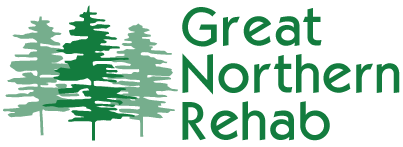By Jackie Manning, ARNP, Strive! Health and Rehabilitation
Gardening for many, has up until recently, been an idea cast away on a list of hobbies to pursue one day when we have more time. Well, for many, that time is now. With the time off from jobs, school, and sports activities, there’s no time like the present to test out that green thumb and grow some of our own summer veggies.
The question that soon follows, is: “Why does my back hurt?” The scenario often goes a little like this: You spend two to three hours pulling weeds, mulching, planting flowers, etc…You then plop down for some much-earned relaxation. When it’s time to get up, you are seized by a throbbing pain that keeps you right where you are. This is a common problem we see in the spring, but now we are seeing it even more with all the new gardeners. The problem is, when diving headfirst into a physical hobby, we sometimes bite off more than we can chew with movement for which our body hasn’t properly prepared.
Tips & Strategies
The lower back pain typically stems from poor form. The sneaky pain that shows up after the fact, comes from the awkward bending of the waist to reach the ground.
Tip #1: Instead of bending over from your waist, bend your knees or kneel to the ground to reach your crops.
Tip #2: Bring in props! Garden while sitting on a low garden chair or stool. The stool can double as a base for your hands to support your weight as you stand back up.
Tip #3: TAKE REST BREAKS!!! As exciting as it can be to embrace a new hobby, toiling in the garden for two or three hours is downright strenuous. Soreness can come from fatigue alone even if you perform every movement perfectly. But again, the movement aspect is a learning process when the activity is brand new. Taking a 20-30 minute break will allow your body to recover, reducing the risk of strain on your lower back.
Tip #4: Warm up
Although gardening isn’t considered a traditional “workout,” it’s every bit as challenging, if not more so than hitting the gym. Performing a few simple dynamic stretches prior to your gardening task will awaken those muscles and loosen them in preparation to support your lower back. One of our therapists will be happy to recommend some of these stretches either in person or via telemedicine!
Tip #5: The COOL DOWN!
After gardening or yard work, most of us are ready to collapse in a comfy chair. But our muscles need a slower transition to powering down. Performing mild activities like walking or light biking after gardening activities, will serve as a cool down—keeping muscles loose and reducing the odds of your lower back locking up.
For any questions or more information regarding the safety of lawn and garden activities, call us at Strive! WE ARE HERE FOR YOU.





